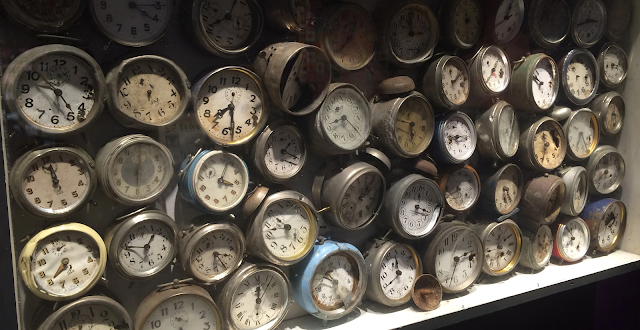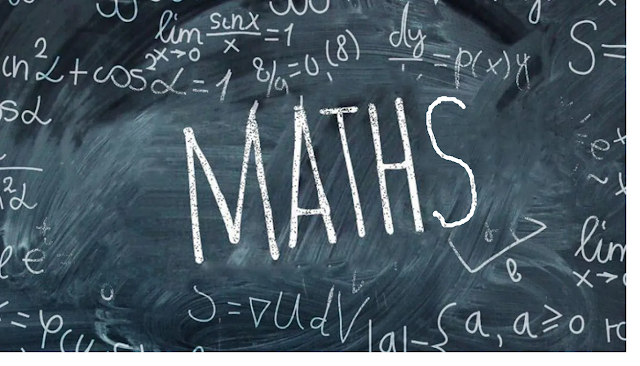Go down, go up, go flat integers

NAME Each term is a "Go down integer", GDI in short, but a(n) + a(n+1) is always a "Go up integer" (GUI). More details in the Comments section. DATA 10, 92, 20, 82, 21, 81, 31, 71, 32, 70, 42, 60, 43, 61, 41, 62, 40, 63, 50, 52, 51, 53, 54, 64, 65, 72, 30, 73, 74, 75, 80, 76, 83, 84, 85, 87, 86, 90, 93, 91, 94, 95, 97, 96, 98, 100, 902, 110, 892, 120, 882, 130, 872, 140, 862, 150, 852, 160, 842, 170, 832, 180, 822, 190, 812, 200, 802, 201, 801, 211, 791, 221, 781, 231, 771, 241, 761, 251, 751, 261, 741, 271, 731, 281, 721, 291, 711, 301, 701, 302, 700, 312, 690, 322, 680, 332, 670, 342, 660, 352,... COMMENTS The rightmost digit R of a GDI is always smaller than the leftmost digit L of the same GDI. The first such integer is 10, as we need at least two digits for a sound GDI. Accordingly, the R of a GUI is always larger than its L - the first such integer being 12. When R = L we have a "Go flat integer", or GFI. We admit that 0 is the first GFI (followed


